Light Therapy For Acne: Is It Worth The Hype?
Enlighten yourself about how blue light can help you get rid of annoying acne breakouts.
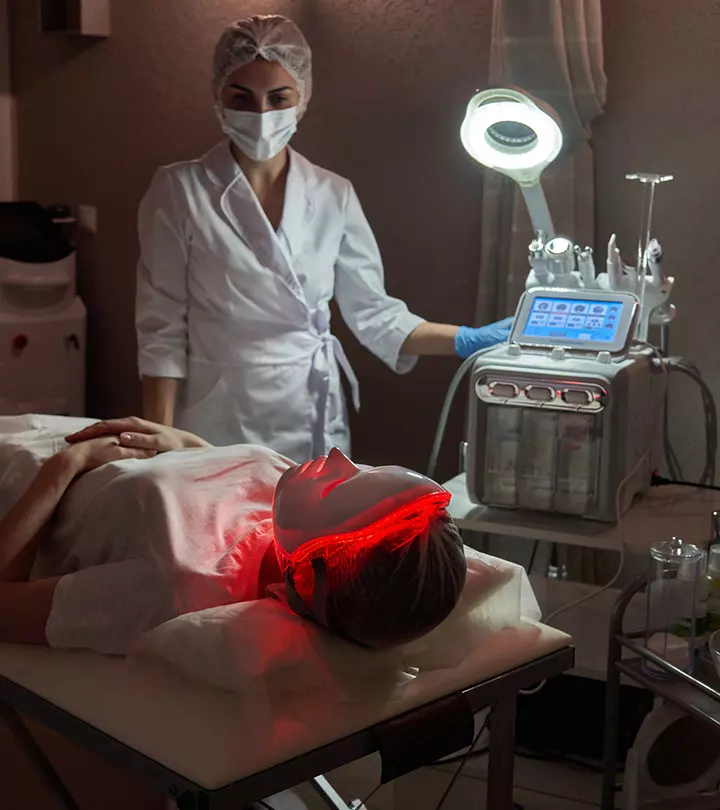
Image: iStock
If you have acne-prone skin, you know how annoying it is to find sudden pimples and breakouts on your skin at the most inconvenient times! But, don’t worry – you can use light therapy for acne treatment and keep those pesky breakouts at bay. Dermatologists use these light-based therapies to treat mild and moderate acne. It is effective and has no side effects (1). Moreover, there are devices for at-home treatment readily available in the market. In this article, we have talked about everything you need to know about the much-hyped light therapy for acne and its efficacy. Keep reading!
In This Article
Light Therapy For Acne: How Does It Work?
Light therapy or phototherapy uses blue and red lights to treat mild to moderate acne. These therapies focus on two aspects (2):
- Decrease the levels of P. acnes bacteria
- Reduce the size and function of the pilosebaceous unit (structure consisting of the hair follicle, sebaceous glands, hair, and arrector pili muscles), thus reducing sebum production.
Blue light has shorter wavelengths (between 400, 415, and 700 nm) and antibacterial and anti-inflammatory effects. Blue light also reduces free radical damage. On the other hand, red or infrared light has longer wavelengths (between 1320, 1450, and 1540 nm) that reduce the function and size of sebaceous glands to minimize sebum production (2).
Dermatologists can use lights of any wavelength to treat your acne. Clinical trials show that biweekly treatment can reduce 50% of the acne lesions, and some may even experience 90% clearance(3).
 Did You Know?
Did You Know?The at-home red or blue light therapy devices for acne also work on the same principle. However, they are not as effective and fast as medical-grade light devices used by doctors. Check out some fast facts about light therapy for acne.
Key Takeaways
- Light therapy is a non-invasive method using blue or red light to help treat mild to moderate acne.
- It not only helps restrict bacterial growth but also reduces excess sebum production.
- While this procedure can be done at home, it is best performed under the supervision of a dermatologist.
- Avoid creams and lotions containing AHAs, BHAs, sun exposure, or tanning beds after phototherapy.
Fast Facts About Light Therapy For Acne
| What Is It? | A non-invasive treatment for improving mild to moderate acne. |
| Price | May cost between $40 and $80 per session. The price may vary depending on the location and clinic. |
| Safety | Safe for the skin. However, it may cause temporary side effects. |
| Convenience | Can be performed at the dermatologist’s office or home with light therapy devices. |
Light therapy effectively controls the growth of antibiotic-resistant bacteria and is effective for cases where oral and topical medications don’t help much. Depending on the types of light used for the therapy, it may have the following benefits.
Benefits Of Light Therapy
Blue light therapy
has several benefits (4):
- It is a clinically proven approach to minimize P. acnes bacteria.
- It can inactivate S. aureus bacteria in wounds. This particular strain of staphylococcus bacteria also causes acne and is resistant to most antibiotics.
- It promotes wound healing.
- It is safe for the skin (only short-term usage).
On the other hand, there are many red light therapy benefits for skin. Red light therapy include (2):
- Penetrates deeper into the skin to target the sebaceous glands and minimize sebum production.
- Reduces inflammation and promotes healing.
There are several other benefits of light therapy:
- It is a gentle and painless method.
- It is drug-free and safe.
- It is ideal for all body parts.
- It is compatible with other acne treatments (oral and topical).
- May reduce the risk of developing acne scarring.
Dermatologists often go for a combined approach using blue-red lights for better results and faster healing. Here is what you can expect during a session.
Learn how light therapy effectively treats acne from the video below. Know its working mechanism and learn how this innovative approach can help achieve clearer, healthier skin. Check out the video!
What To Expect During Light Therapy Treatment
Before going for light therapy for acne, you have to consult a dermatologist or a trained and licensed medical esthetician to determine if the therapy is suitable for your skin. They will assess your skin and acne severity and then determine the approach. They will perform a patch test on a small area of your skin to check for any adverse reactions to the treatment.
Before the treatment, they might ask you to:
- Avoid topical products containing AHAs, BHA, and retinoids for several days.
- Avoid tanning beds and excessive sun exposure.
- Take or use photosensitizers or avoid certain medications (depending on your medical history)
On the day of your session, you may have to:
- Gently cleanse your face before the session to remove makeup, lotions, or any other substances that may interfere with the effectiveness of the light therapy.
- Wear protective eyewear provided during the session to shield your eyes from the light.
- Adhere to any specific pre-session guidelines provided by your dermatologist, such as avoiding certain topical treatments or skincare products days before the procedure.
- Keep your skin well-hydrated leading up to the treatment to enhance its responsiveness and minimize potential side effects.
During a session, you can expect the following things:
- You have to lie down on a surface under a special light-emitting device.
- The expert may also use a handheld device to expose the target areas to the light.
- You have to wear safety goggles, and the other body parts might be covered.
- The session may last for 15-30 minutes.
Although red or blue light therapy is painless, you may experience temporary side effects.
Side Effects And Risks Involved
Immediately after the treatment, you may notice:
- Skin peeling or bruising
- Inflammation or redness
- Mild irritation
- Dryness
- Swelling
These usually go away with proper aftercare. However, the doctor may ask you to:
- Wear protective clothing and use sunscreen to prevent UV damage.
- Keep the skin moisturized.
- Avoid harsh exfoliants, scrubs, retinoids, and AHAs and BHAs.
Poor aftercare may further damage your skin and may cause:
- Pigmentation issues
- Blistering
- Burns
- Infection
Also, there are certain risks associated with light therapy. Avoid the treatment if:
- Your skin is photosensitive, or you are taking medications that might increase skin photosensitivity.
- You have active rashes, lesions, or other skin conditions like eczema or psoriasis.
- You have porphyria, a blood disorder.
- You have allergies or autoimmune conditions.
- You are pregnant or planning to conceive.
- You are on antibiotics or other medications (like steroids).
 Pro Tip
Pro TipIn such cases, consult a doctor and follow the pre-treatment precautions (if you decide to undergo the therapy). Many of us may feel tempted to use LED devices or at-home light therapy devices for acne. But, do they work? Let’s find out.
Can At-Home Light Devices Clear Acne?
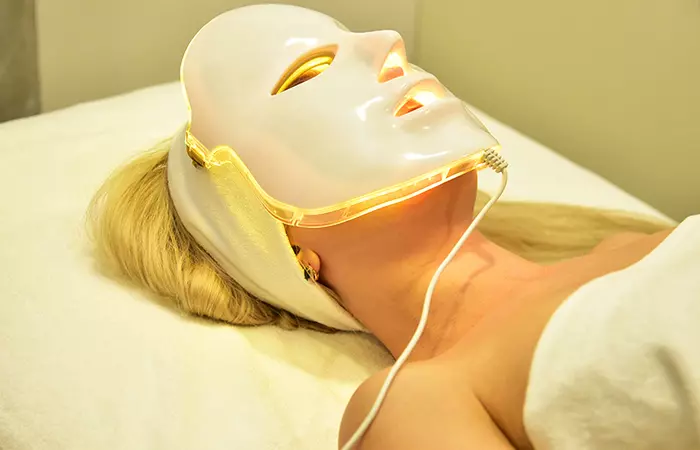
Yes. A small study indicates that at-home light therapy devices may help reduce mild to moderate acne with daily use and prevent early signs of acne and new breakouts (5). They are convenient and cost-effective as the devices are one-time investments and much cheaper than multiple sessions at the clinic.
 Trivia
TriviaHowever, there is no proof that at-home devices give better, faster, and more effective results than professional medical-grade treatments. At-home devices might be convenient, but light therapy performed in medical settings and trained estheticians and dermatologists ensure proper safety.
If you want to try the at-home devices, seek a dermatologist’s approval and follow safety considerations to prevent skin and eye damage.
Light therapy for acne works well, and you can expect positive results from the treatment. It is best for treating mild to moderate acne and helps minimize acne-causing bacteria and inflammation to speed up the healing process. However, this therapy gives the best result when performed in a medical setting. The at-home light therapy devices may not give satisfactory results as professional treatments. Therefore, if you consider trying light therapy for acne, consult a dermatologist to determine if you are a suitable candidate for the procedure and what to expect from the treatment.
Frequently Asked Questions
What color light helps cystic acne?
Anecdotal evidence suggests that blue light therapy may help reduce moderate cystic acne. Get advice from your dermatologist about other cystic acne treatment options.
How fast does light therapy work for acne?
It depends on the frequency of sessions conducted. On average, light therapy clears acne within 2 – 5 months.
References
Articles on StyleCraze are backed by verified information from peer-reviewed and academic research papers, reputed organizations, research institutions, and medical associations to ensure accuracy and relevance. Read our editorial policy to learn more.
- Light therapy in the treatment of acne vulgaris
https://pubmed.ncbi.nlm.nih.gov/14756640/ - Light-based therapies in acne treatment
https://www.ncbi.nlm.nih.gov/pmc/articles/PMC4439741/ - Light therapy in the treatment of acne vulgaris
https://pubmed.ncbi.nlm.nih.gov/14756640/ - Blue light for infectious diseases: Propionibacterium acnes, Helicobacter pylori, and beyond?
https://www.ncbi.nlm.nih.gov/pmc/articles/PMC3438385/ - Clinical Efficacy of Self-applied Blue Light Therapy for Mild-to-Moderate Facial Acne
https://www.ncbi.nlm.nih.gov/pmc/articles/PMC2923954/
Read full bio of Dr. Priya Gill
Read full bio of Ramona Sinha
Read full bio of Eshna Das
Read full bio of Monomita Chakraborty







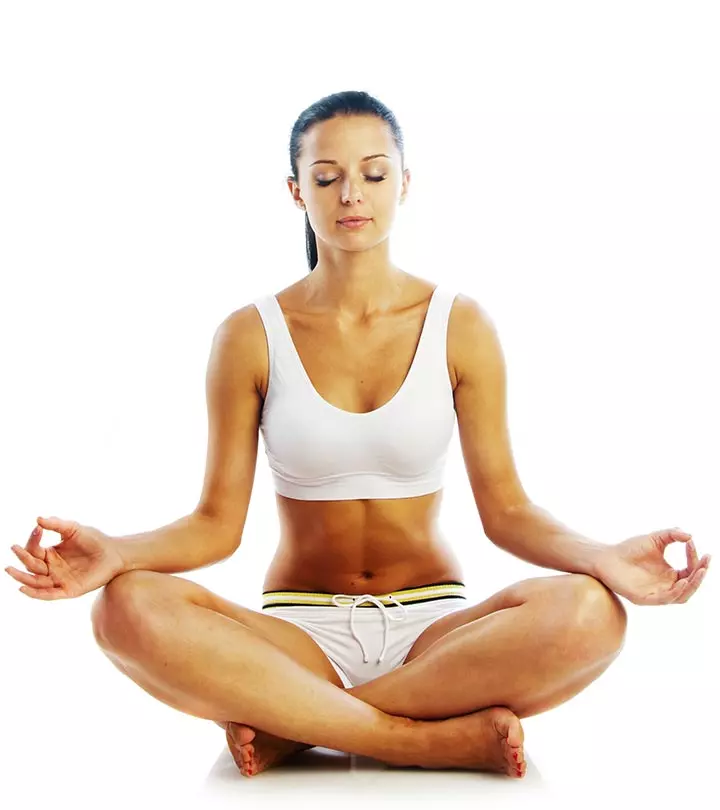

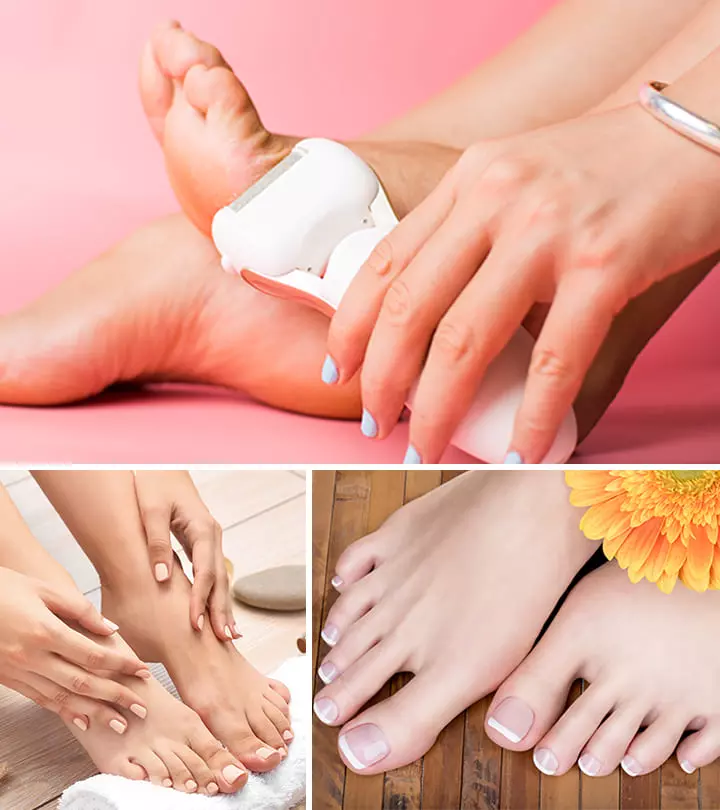

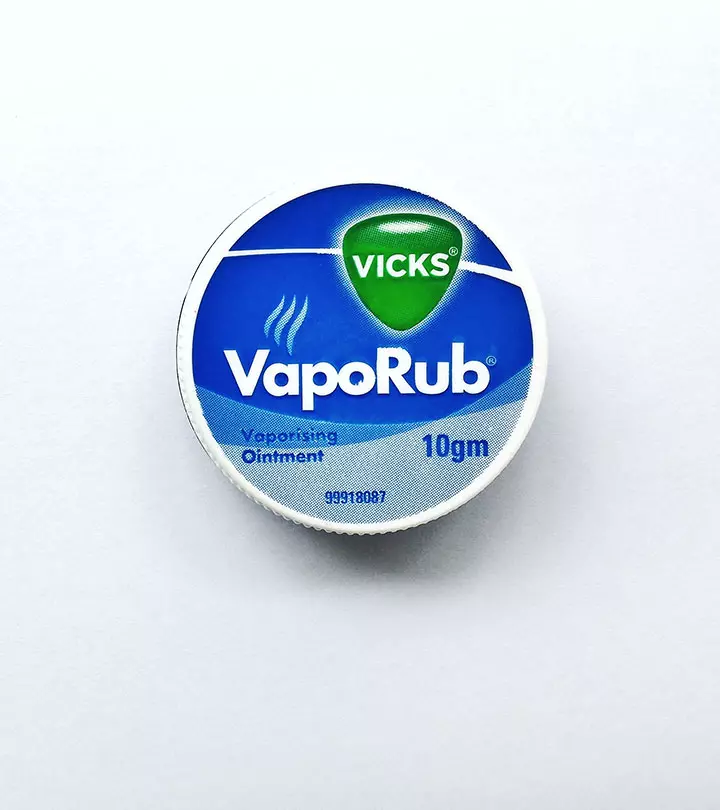
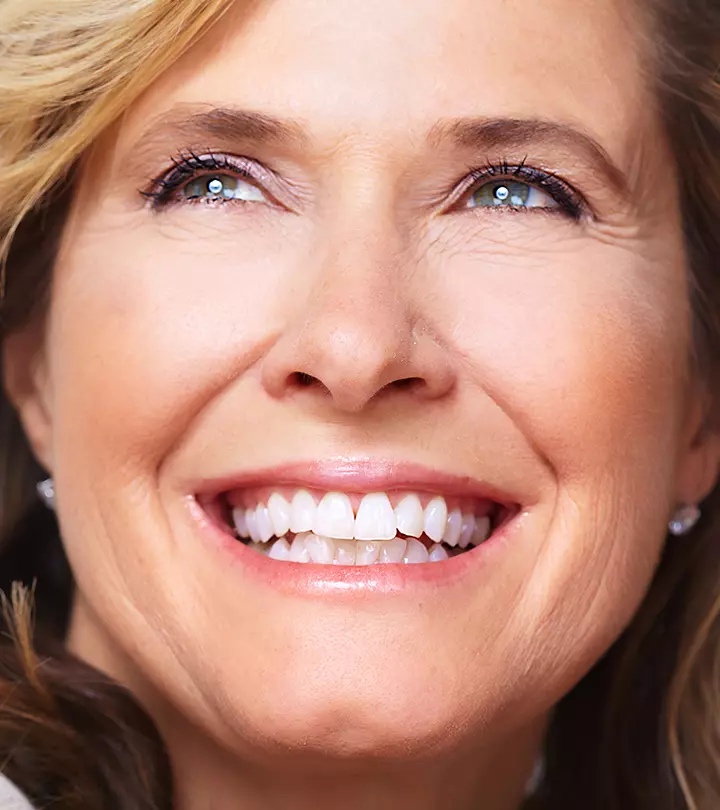
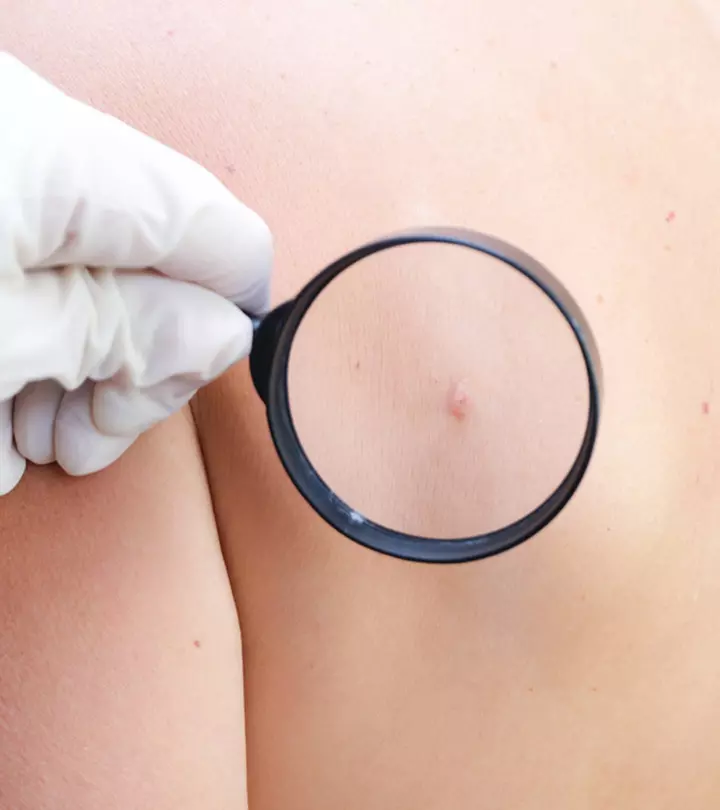

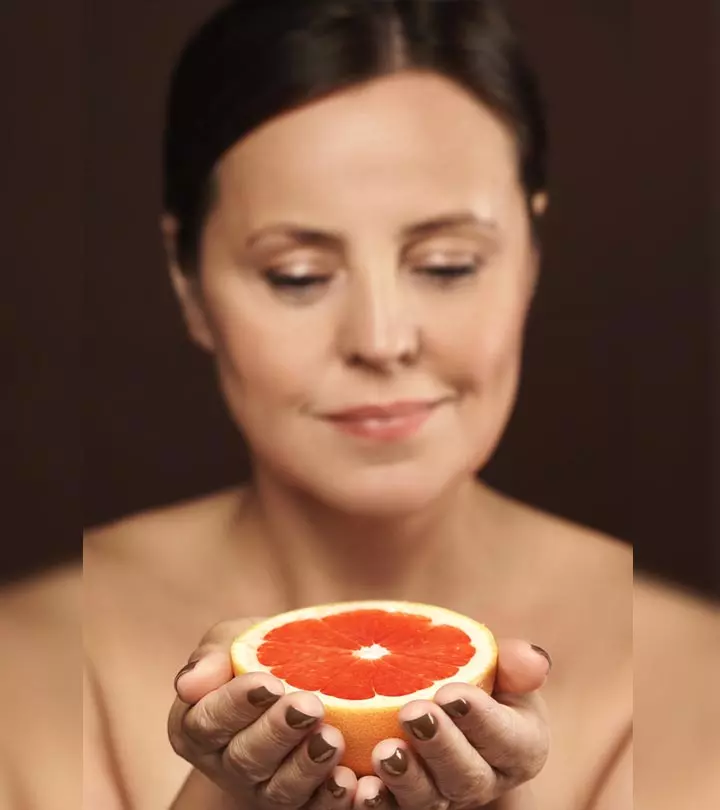

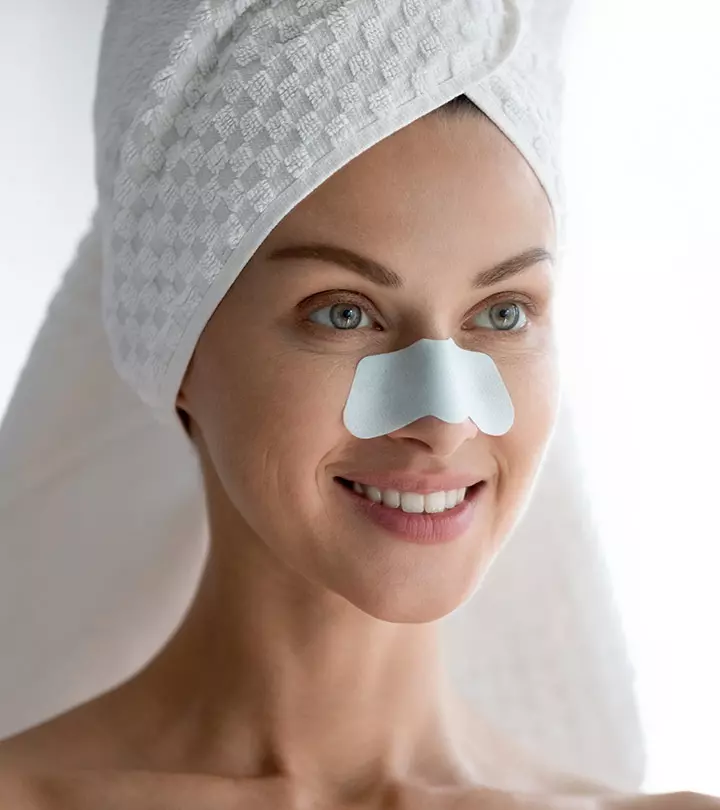

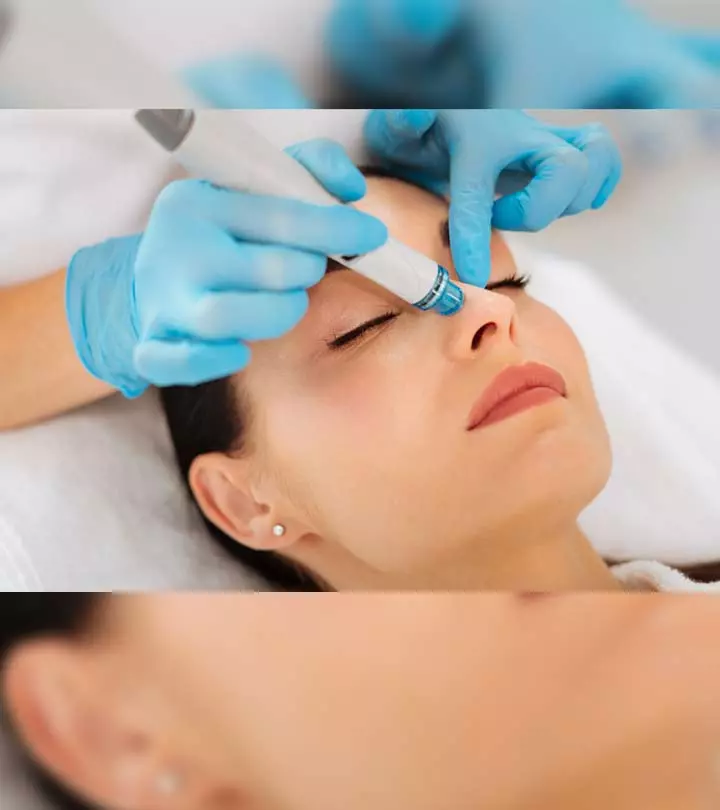
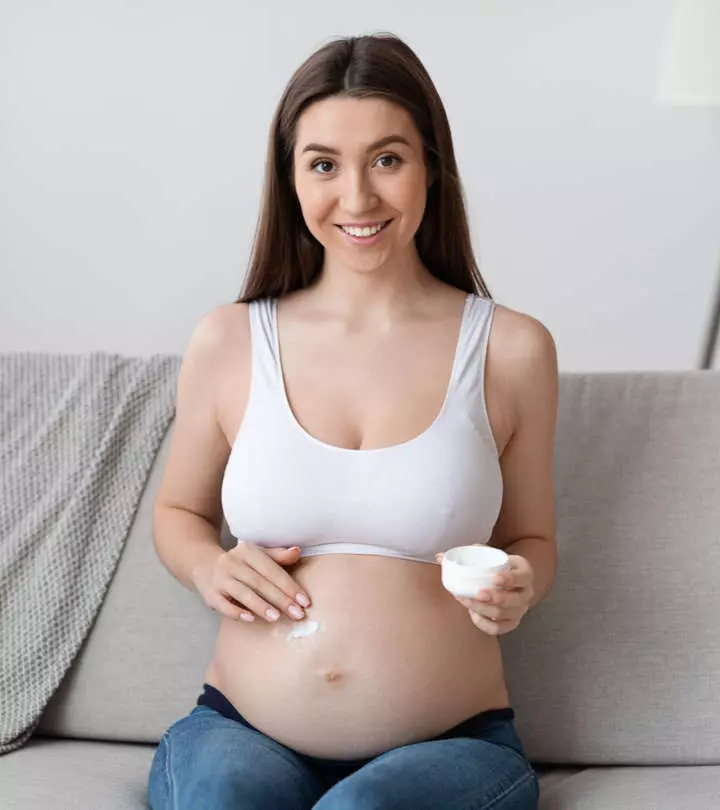
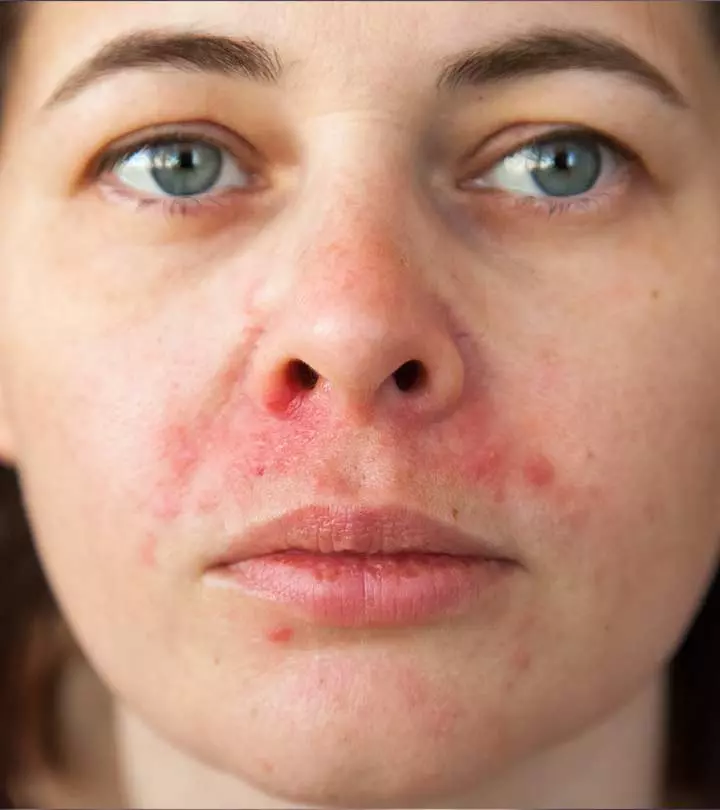

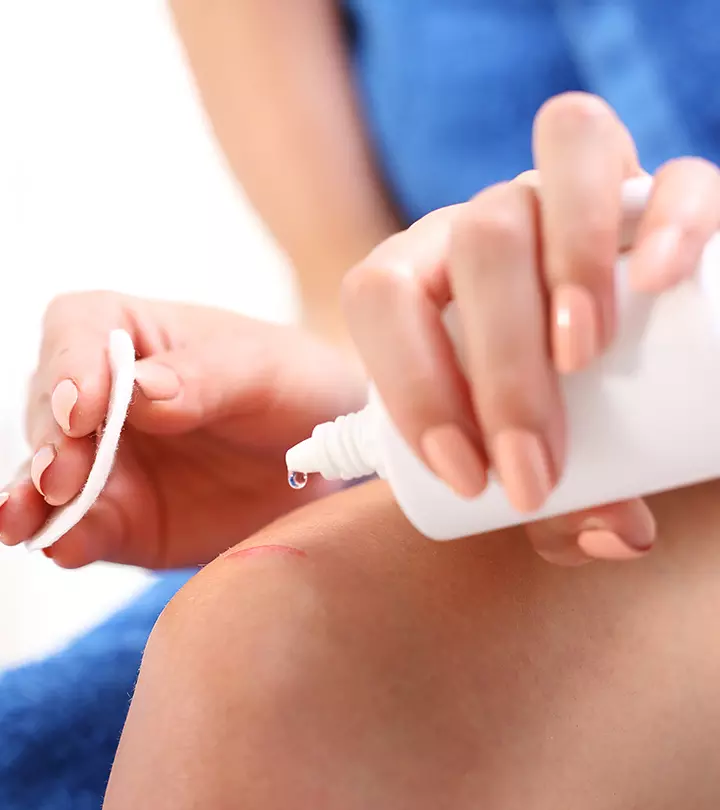
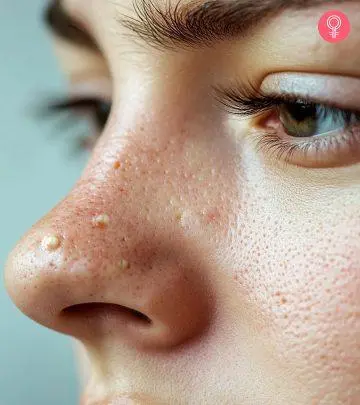
Community Experiences
Join the conversation and become a part of our empowering community! Share your stories, experiences, and insights to connect with other beauty, lifestyle, and health enthusiasts.